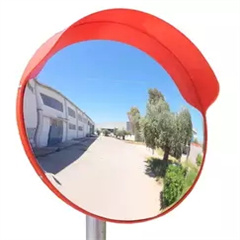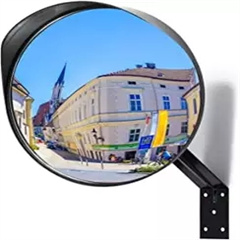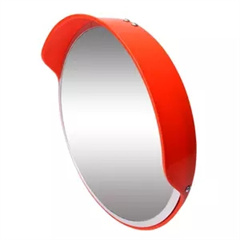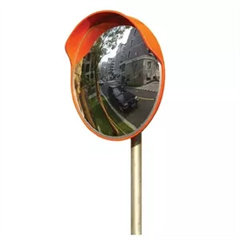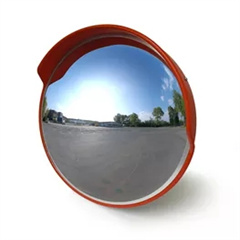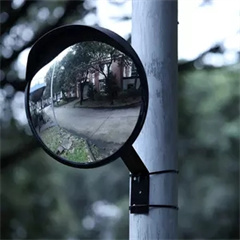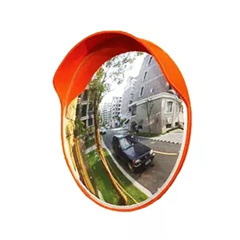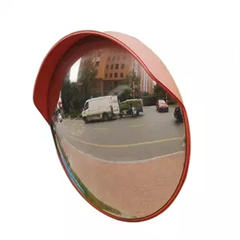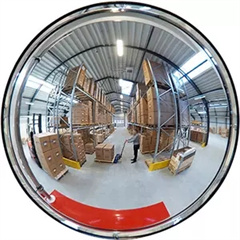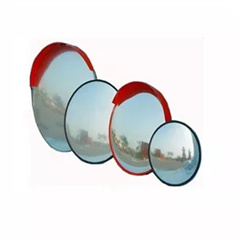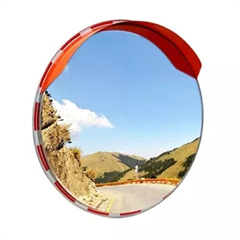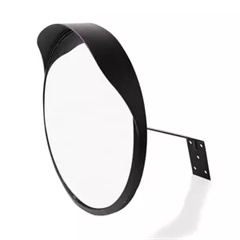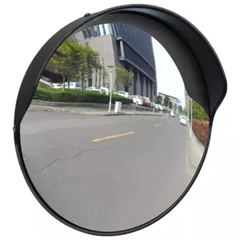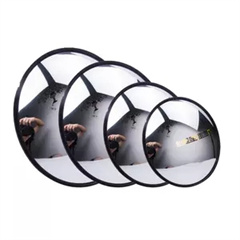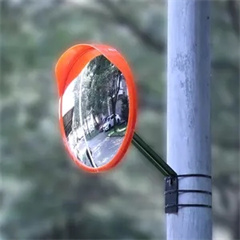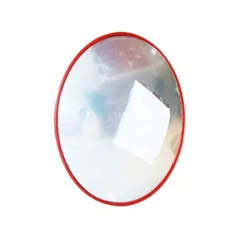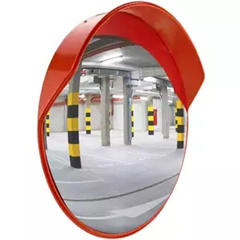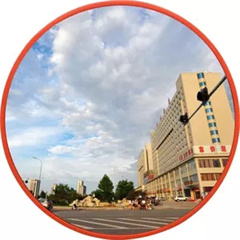Introduction and features of a traffic mirror
A traffic mirror is also called a wide-angle mirror, convex mirror, and turning mirror. It is mainly used for various curves and intersections. It can expand the driver’s field of vision and detect vehicles and pedestrians on the opposite side of the curve as soon as possible to reduce the occurrence of traffic accidents; it is also used for supermarket anti-theft and monitoring dead ends.
Design description of traffic mirror: not easy to break, impact resistance, light and durable, clear image, no deformation, easy to install, suitable for supermarkets, wheat fields, wide-angle monitoring.
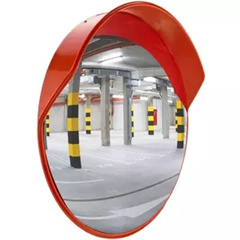
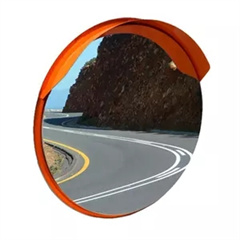
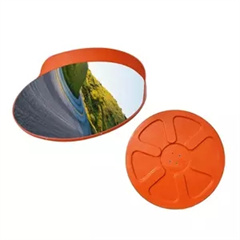
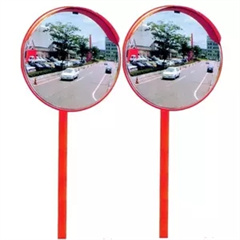
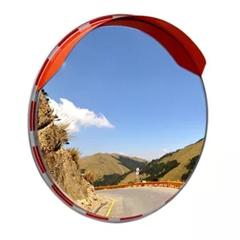
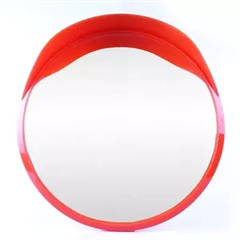
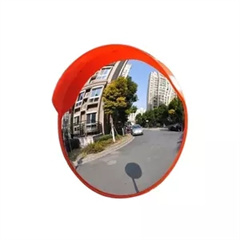
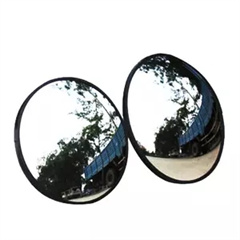
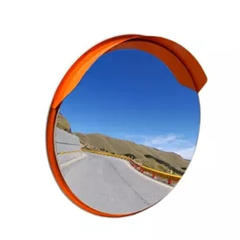
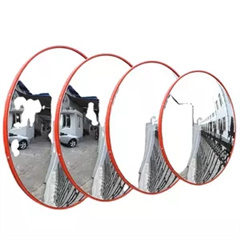
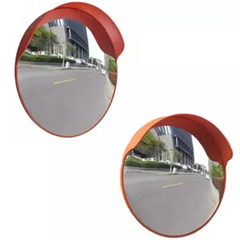
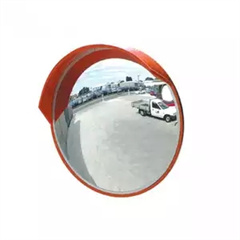
The role of a traffic mirror
Has a wide field of view. It is placed on the side of the turning road so that the driver can see the oncoming vehicle and avoid it in time. This is usually where the curvature is large and there is a large blind spot.
Settlement of the reflected image of the traffic mirror
Traffic mirror is an exhibit that introduces the optical properties of the total reflection of mirrors in an interesting way.
Traffic mirror (the included angle is less than 90.) The number of reflected images can be calculated with a simple formula, that is, 360° divided by the included angle of the mirror, and the quotient is the number of visible images (including the object itself).
Basic information of traffic mirror
The mirror surface is made of pc plastic, and the mirror back is made of ABS engineering plastic, which has the characteristics of light resistance and corrosion resistance. The mirror surface is elastic, and can be quickly restored to its original state after being subjected to a huge impact, and is resistant to impact. The mirror surface is convex in shape and has a large visual range. It is often used in road bends, supermarket security, etc. The color is red, bright and eye-catching, and the driver can see it from a long distance, which plays a good warning role and largely avoids the occurrence of traffic accidents.
